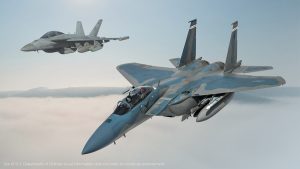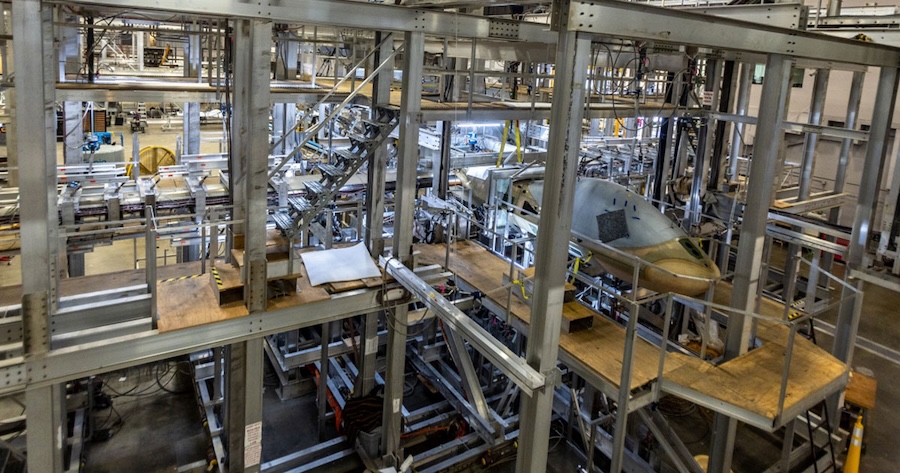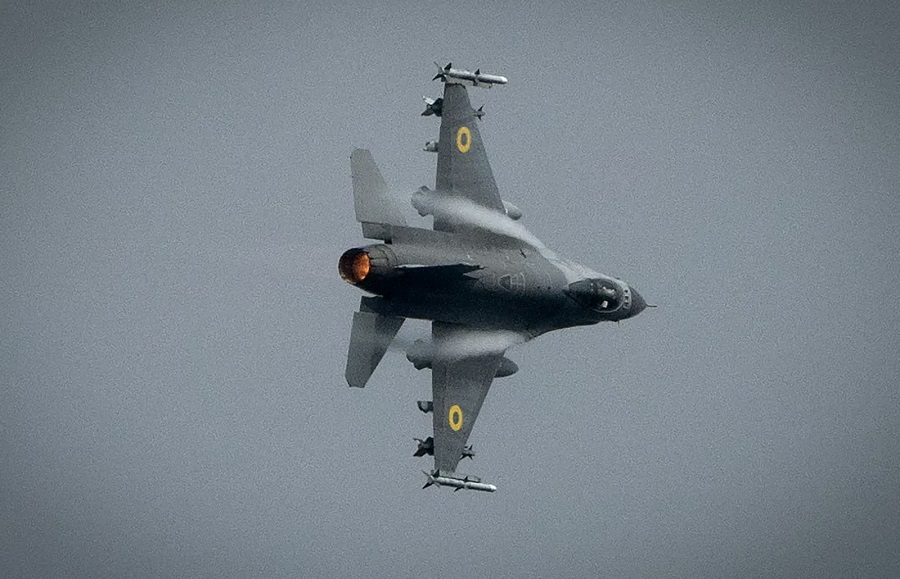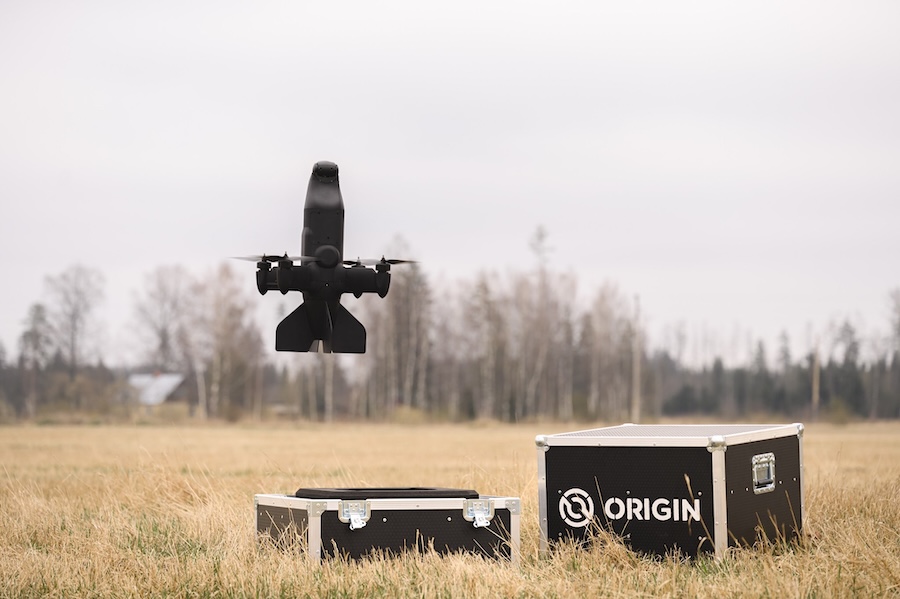The production surge follows recent improvements in factory operations, which have significantly reduced the need for rework. This has enabled more streamlined manufacturing processes and the timely delivery of aircraft to the U.S. Air Force.
“Factory performance has been improving in recent months, with rework and traveled work rates decreasing month over month, enhancing workflow productivity and supporting factory stabilization,” said Tom Altamuro, Boeing’s director of F-15 manufacturing and safety.
Boeing has already commenced delivery from the second production lot of F-15EX aircraft to the Air National Guard. Meanwhile, the third and fourth production lots are currently in various stages of assembly at the St. Louis manufacturing facility.
A key part of Boeing’s strategy to optimise production is the “Cut the CoRRS” initiative. This approach aims to minimise rework and maximise quality, supported by daily “Quality Power Hour” meetings where team members proactively address emerging issues.
The F-15EX is a modernised version of the legacy fighter jet, designed to enhance the U.S. Air Force’s combat capabilities. Equipped with advanced technology, it is built to handle diverse combat scenarios while maintaining air superiority.
Among its advanced features, the F-15EX can carry up to 12 AIM-12 Advanced Medium-Range Air-to-Air Missiles. It also has the potential to carry hypersonic weapons, ensuring the aircraft’s ability to adapt to evolving threats.
By increasing production and enhancing efficiency, Boeing aims to meet the Air Force’s demand for this advanced fighter jet. The production improvements mark a crucial step toward sustaining the aircraft’s operational relevance in modern combat environments.

























